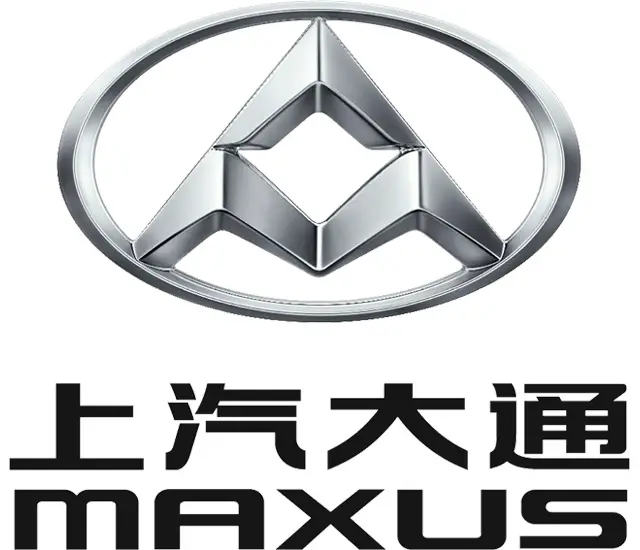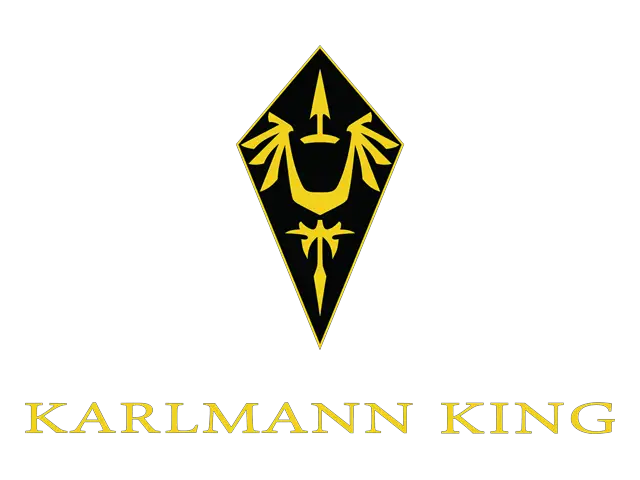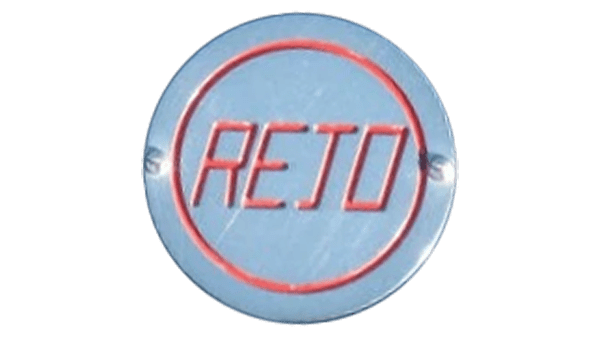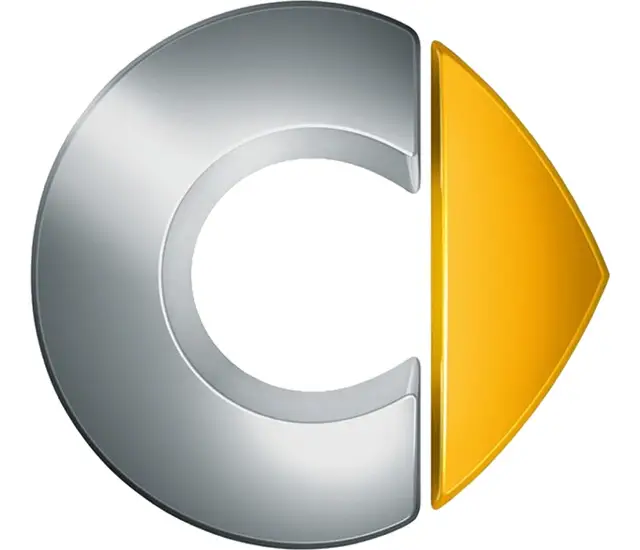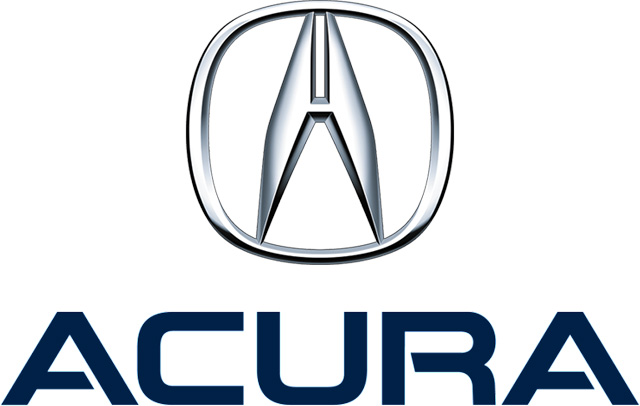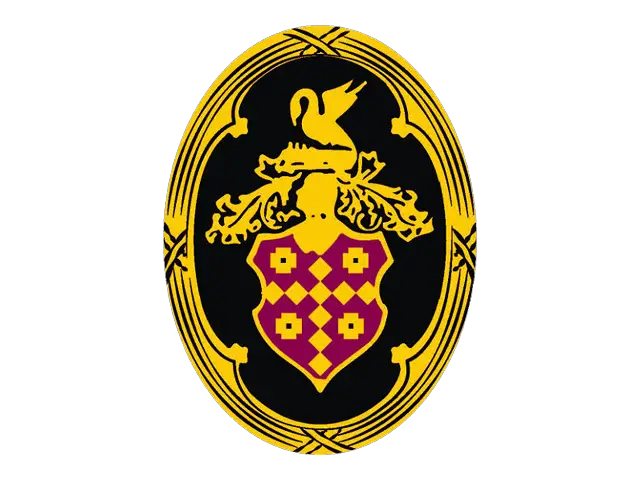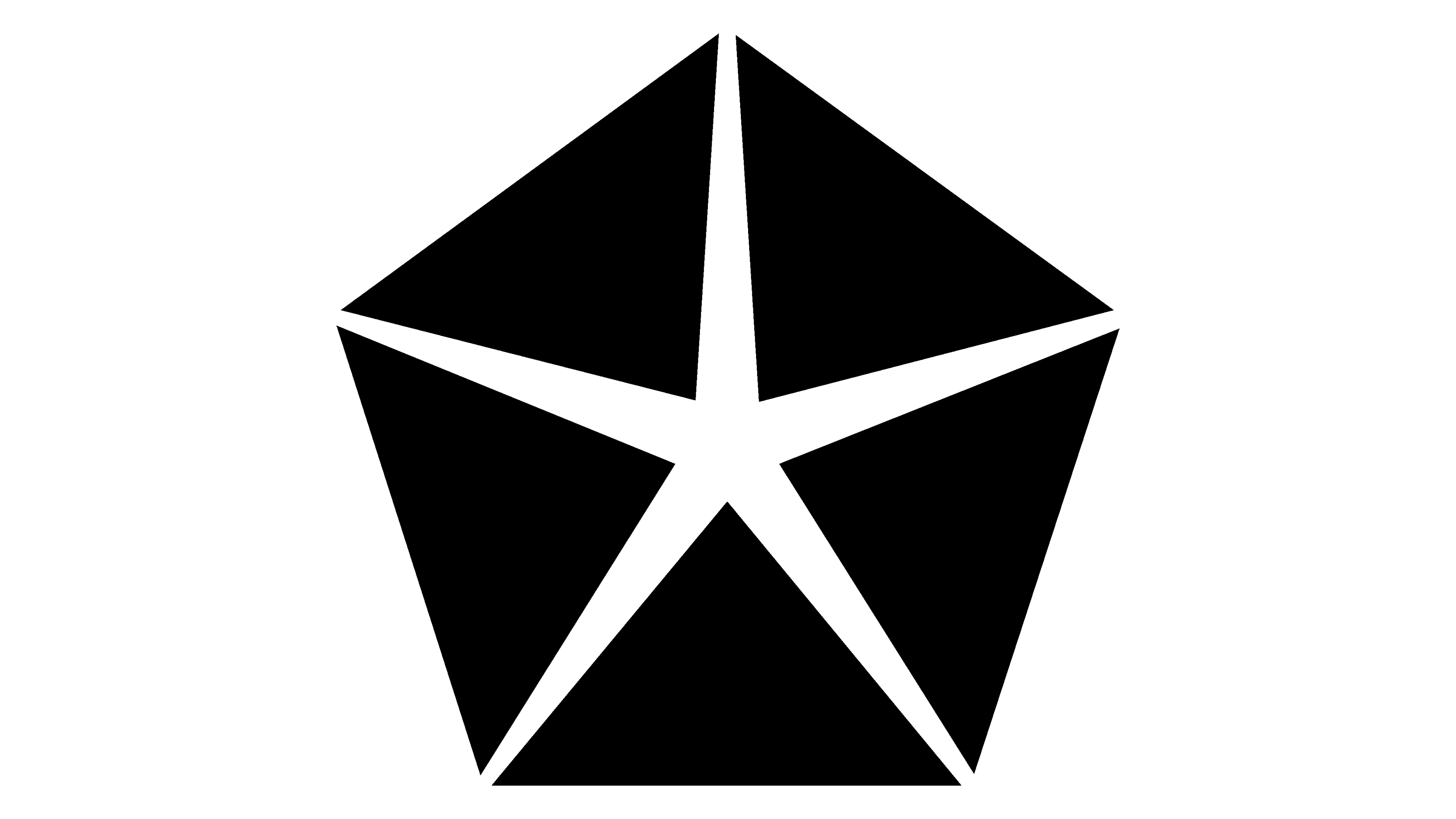moskvitch Logo - History, Design, and Meaning

Company Overview
Moskvitch was a Soviet and later Russian automaker founded in 1930. Originally state-owned, the company became privatized in the 1990s. It was best known for producing small, budget-friendly cars, primarily for the domestic market. Moskvitch operated mainly in Russia and had a significant presence in Eastern Europe. Production ceased in 2002, and the brand officially became defunct in 2006. In 2022, the company resumed production.
Key Information
- Founded: 1930
- Founder(s): Soviet Government
- Headquarters: Moscow, Russia
moskvitch Logo Meaning and History

Founded in 1930, Moskvitch was a prominent Soviet automotive manufacturer that later transitioned into a Russian company. Initially state-owned, it became a privatized entity in the post-Soviet era. Renowned for its small, affordable vehicles, Moskvitch carved a niche for itself primarily in the domestic market but also exported cars to various countries, particularly in Eastern Europe. One of the company's most iconic models was the Moskvitch 412, known for its reliability and affordability. By the late 1990s, the company faced financial difficulties and production challenges. Production halted in 2002, and the brand was officially dissolved in 2006. In 2022, the company resumed production.
What is Moskvitch?
Moskvitch was a Soviet and Russian automotive manufacturer founded in 1930. It specialized in producing small, affordable cars mainly targeted at the domestic market. The company ceased production in 2002 and was officially dissolved in 2006. In 2022, the company resumed production.

The automaking company, known today as Moskvitch, was initially established under the name KIM, and its original logo was based on this lettering. It featured an elegant badge composed of a trapezoidal crest with two short geometric wings on the sides. The silver lettering on a solid red background was framed by a thick silver outline, looking balanced and bright.

The redesign of 1945 created a more complex logo for the brand, reflecting its new name, ZMA. It featured a vertically-stretched badge with the red Kremlin tower drawn on it. The bottom part of the composition was decorated with a horizontally-striped banner with the company's name written over the crest.

In 1956, the Kremlin tower was redrawn in silver metallic on a red background of a modernized crest. It became more massive and gained a thick silver frame with curves, creating an interesting contour for the logo. The brand name was written in bold red capitals over the wall, from which the tower with a star on top emerged.

A more modern and geometric version of the badge was designed at the end of the 1960s. The tower with the star remained, as well as the solid red background, but the lines and shapes were refined and made straighter and more distinctive. The brand name was set in bold silver capitals against a white fragment at the bottom of the crest.

For a few months in 1976, the automaker used a minimalistic crest as its main emblem. It was a vertically-oriented rectangle in matte red and blue, outlined in silver, with a stylized enlarged letter 'M' on the top red part of the crest, creating an intense and elegant badge.

The refined badge from 1968 returned to Moskvitch's visual identity in 1976 with some modifications. The frame became thicker and glossier, and the shape was slightly changed. The main part of the crest retained its composition but gained flat silver elements, making the lettering more readable.

The redesign of 1986 introduced the first badge with the 'Moskvitch' lettering. It featured a stylized red inscription set under a graphical emblem with the letter 'M' inscribed into a vertically-oriented rectangular element. The whole logo was set in an intense and deep shade of red, appearing very progressive and stylish.

After the brand's rebirth in the 2020s, a new logo was created. It resembles the previous version but is now just a wordmark with no graphical elements. The color remains red, but the inscription style has changed, gaining more rounded contours of the title case characters.
